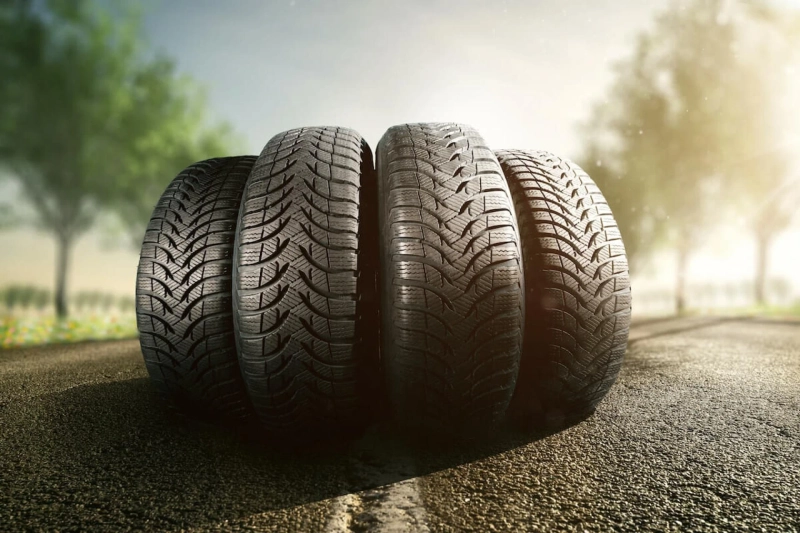When it comes to three-wheelers, one crucial aspect that ensures the safety and performance of the vehicle is the grip of its tyres. The grip of tyres has a direct impact on the stability, maneuverability, and overall road handling capabilities of a vehicle. However, there are various factors that can adversely affect the grip of your 3 wheeler superior grip tyres, comprising both safety and performance.
Factors which can impact your three-wheeler’s grip
Tyre Pressure
Maintaining the correct tyre pressure is paramount for optimal grip. Underinflated tyres have a larger contact patch with the road, leading to increased rolling resistance and reduced grip. On the other hand, overinflated tyres have a smaller contact patch, resulting in uneven wear and reduced traction. Regularly check the tyre pressure of your three-wheeler and ensure it is within the manufacturer's recommended range.
Tyre Tread Depth
The depth of the tyre tread plays a significant role in providing grip, especially in wet or slippery conditions. As the tread wears down over time, the tyre's ability to channel water and maintain traction decreases. This can lead to increased stopping distances and a higher risk of skidding. Monitor the tread depth of your three-wheeler tyres regularly and replace them when they reach the minimum recommended depth.
Tyre Quality
The quality of the tyres you choose for your three-wheeler can have a significant impact on tyre grip. High-quality tyres with advanced rubber compounds and innovative tread designs offer superior grip and handling characteristics. On the other hand, low-quality or worn-out tyres may lack proper traction, compromising your safety on the road. Invest in reputable tyre brands and choose tyres that are specifically designed for your three-wheeler model.
Road Conditions
The condition of the road surface greatly affects tyre grip. Wet or icy roads, loose gravel, and uneven surfaces can significantly reduce traction, making it harder for the tyres to maintain a grip on the road. It is important to adjust your driving style and reduce your speed when encountering adverse road conditions. Be cautious and avoid sudden maneuvers to prevent skidding or loss of control.
Suspension and Wheel Alignment
The suspension system and wheel alignment of your three-wheeler play a crucial role in maintaining optimal tyre grip. Misaligned wheels or worn-out suspension components can lead to uneven tyre wear and reduced traction. Regularly inspect and service your three-wheeler's suspension system to ensure proper alignment and maximum grip.
Driving Style
Your driving style also affects the grip of your three-wheeler tyres. Aggressive acceleration, hard braking, and sharp cornering can put excessive stress on the tyres, reducing their ability to maintain grip. Smooth and controlled driving techniques, including gradual acceleration and braking, as well as gentle steering inputs, can help preserve tyre grip and enhance overall safety.
Conclusion
The grip of your three-wheeler tyres is vital for a safe and enjoyable driving experience. By considering the factors mentioned above, such as tyre pressure, tread depth, tyre quality, road conditions, suspension, wheel alignment, and driving style, you can ensure optimal grip and maximize your three-wheeler's performance. Regular maintenance, including tyre inspections and replacements when necessary, is essential for maintaining excellent tyre grip. Remember, prioritizing tyre grip contributes to a safer and more confident ride on the road. It is generally suggested that you must look for the best-quality tyres. You can look for a retail tyre shop near me on a search engine to locate a store near you. There you can look for all the available options and then select the best. A thorough research will help you choose an option that will have a good grip and better resistance to nature wear and tear.


